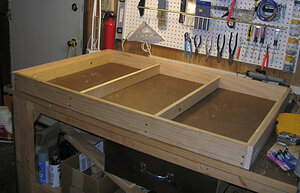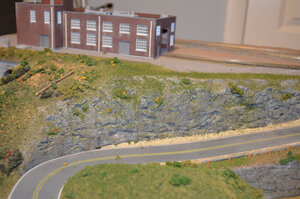Mark Nutter
New Member
I'm starting a new layout after being away from the hobby for years. There is soooo much new information and new/better materials that I'm a bit overwhelmed. I always built my display directly on the plywood, but I love the idea of using foam as a substrate. I don't like tacking track to plywood as I always did in the past. It's difficult to nail into. Can someone suggest a foam substrate for a base? Home Depot carries a pink foam insulating panel up to 2" thick. Is this ok to use or does it have to be a white foam board? I have a 4'x8' plywood platform, but will expand to include another one in an 'L' shape. I would like to know what type and thickness of foam to use. Also, will the track attach directly to the foam with tacks or does it need a track bed for attachment? Are there different tacks for this application. Any suggestions would be greatly appreciated!




